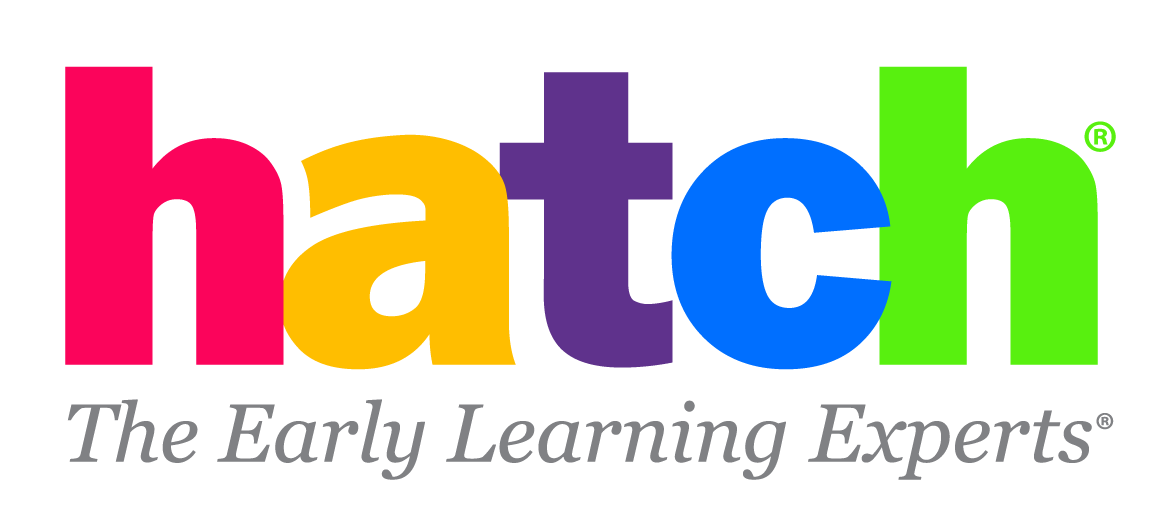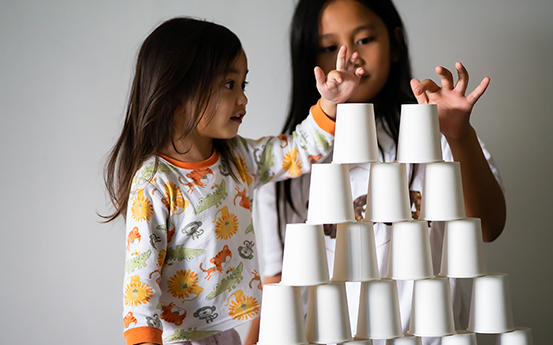If you are among the many parents who were propelled into the role of a full-time teacher of little learners this spring, we know you need a break. Unfortunately, taking the summer off, isn’t an option. Research shows that continual learning is the best way to keep young minds engaged and progressing. So, don’t stop planting little seeds. They can help reap a lifelong desire for knowledge and learning.
Vince Gowmon said, “Play is the shortest route between children and their creative calling.” Providing play opportunities around STEAM (Science, Technology, Engineering, Art, and Mathematics) is a great way to encourage interest in these subjects during formative years. Doing so can expand career opportunities down the road. If you think some of these subjects are too lofty for young children to grasp, think again. Let’s look at why each subject is important.
STEAM for early learners
Start early promotes investigation and experimentation, and it emphasizes the importance of asking and answering questions.
Technology uses tools to explore, observe, and measure. A tool can be as simple as a crayon, pencil or ruler — or as complex as a tablet or microscope.
Engineering identifies a problem and searches for constructive solutions.
Art encourages creativity and individuality and promotes expression. It can also be used to illustrate other concepts children are learning.
Mathematics deals not just with numbers, but also with organizational skills, patterns, shapes, and more.
Here are seven ways to introduce your preschooler to STEAM, in a thoughtful and easy way. Of course, when outdoors or in public spaces, be sure to wear a mask to stay safe and healthy!
- Go on a Nature Walk
This is a great opportunity to see and interact with leaves, flowers, rocks, and other objects. Take along a bucket or bag to gather your fun finds. Once you return home, sort them by living things and nonliving things. Discuss the size, shape, color, and texture of each item. Just like that, you have completed a science and math activity. - Go Grocery Shopping
Turn your shopping routine into a STEAM activity. Examine fruits and vegetables, including some unfamiliar ones. Purchase a few for further exploration at home. Once home, talk about the colors and shapes compared to the other produce. Ask your child to guess the color of the inside and what they think the texture is like. (“Do you think it’s more like an apple or an orange inside?”) Help them slice the produce, then count out the number of pieces. Discuss how the produce grows (above or in the ground, from a seed, etc.). Use the internet if needed to provide more information. You might learn something, too, with this math and science experience. - Cook Together
Cooking is rich with STEAM components! Find a recipe and allow your child to help measure and mix the ingredients for a math and technology experience. - Build a Tower
Grab some paper cups and your imagination. Challenge each family member to build a tower with the cups as high as they can go (or until you use all your cups). Measure each tower and compare the differences. Is one more stable than the others? Boom, you just covered math and engineering. - Paint a Masterpiece
Pick a scene from your child’s favorite story and encourage him to draw it himself. Study the piece together and point out different aspects to bring his art to life. - Water Play
Water play can cool off even the hottest day, so why not turn it into a learning experience? Whether you are at the beach or in your back yard, water play is rich with STEAM opportunities. Fill a big plastic tub with water and gather different sized containers like cups, empty (and thoroughly pre-rinsed) detergent bottles, plastic measuring cups, etc. Using the water in the tub, fill each container and study the differences. This is a cool math and science activity for a hot day. - Paint the Ice Cubes
Place a few drops of washable paint into the wells of an ice tray, and fill the tray with water. Freeze the mixture overnight. Once frozen, use the paint ice cubes to create a picture on large pieces of paper. As the cubes start to melt, watch how the colors mix, and see what colors are created from each mixture. Discuss your art and science findings.
Each day can and should be a learning experience for children! You are probably already engaging in STEAM activities with your child throughout the day. With a little intention, you can easily convert them into learning opportunities. The possibilities are endless!

